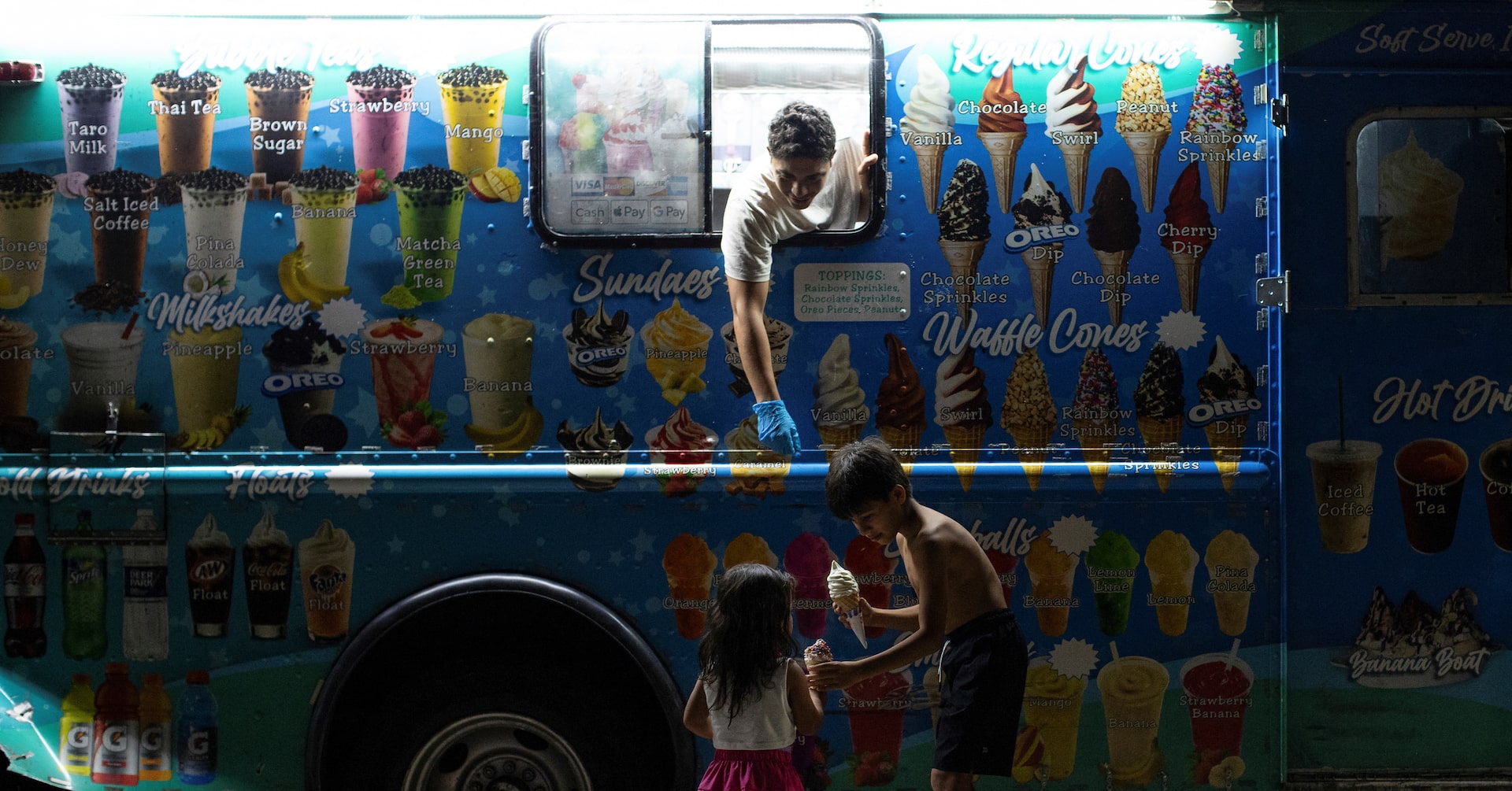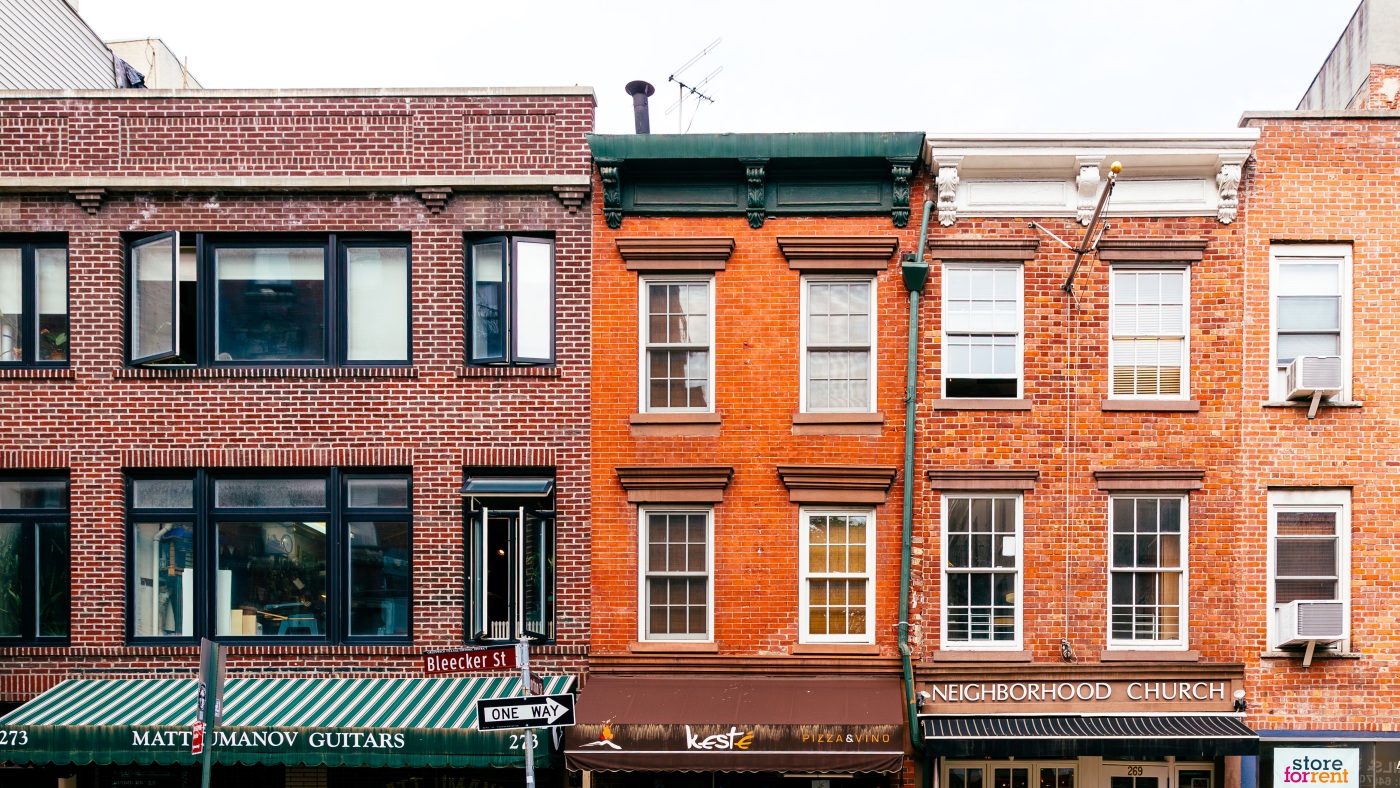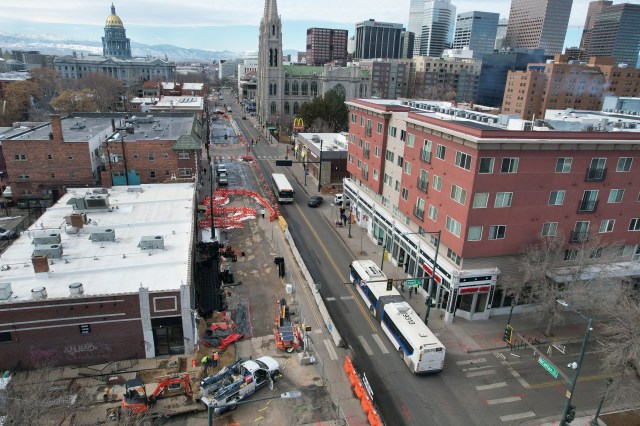From Struggle to Success: The Untold Economic Powerhouse of Black Entrepreneurs in Detroit's Great Migration
Business
2025-03-19 12:51:59Content

During the Great Migration, Detroit experienced a remarkable transformation as its Black population surged dramatically. Between 1910 and 1920, the city witnessed an extraordinary influx, with the African American community expanding sixfold. This unprecedented growth sparked a vibrant entrepreneurial spirit, giving rise to a multitude of businesses that eagerly embraced and supported the new residents. Entrepreneurs and community leaders seized the opportunity, creating a thriving ecosystem of Black-owned establishments that not only served practical needs but also became vital cultural and economic hubs for the rapidly growing community. These businesses flourished, reflecting the resilience, creativity, and determination of Detroit's new Black residents as they carved out their place in the city's evolving landscape.
The Great Migration: Detroit's Transformative Black Renaissance of the Early 20th Century
In the tumultuous landscape of early 20th-century America, Detroit emerged as a beacon of hope and opportunity for thousands of African Americans seeking economic mobility and escape from systemic oppression in the Southern states. The city's industrial revolution would become a pivotal moment in the narrative of Black economic empowerment and urban transformation.Unleashing Potential: How Detroit Became a Crucible of Black Economic Advancement
The Demographic Explosion of Black Entrepreneurship
The unprecedented population surge of African Americans in Detroit between 1910 and 1920 represented more than mere numerical growth—it was a profound societal metamorphosis. As industrial opportunities beckoned, Black migrants arrived with dreams of economic independence and social mobility. The automotive industry's rapid expansion created an unprecedented ecosystem where entrepreneurial spirit could flourish, enabling newcomers to establish businesses that would serve their rapidly growing community. Emerging neighborhoods became vibrant economic landscapes, with Black-owned establishments sprouting like seeds of possibility. Barbershops, restaurants, retail stores, and professional services emerged, creating intricate economic networks that provided not just goods and services, but also social infrastructure and community resilience.Architectural and Economic Transformation of Urban Spaces
Detroit's urban geography underwent radical reconfiguration during this period. Neighborhoods like Black Bottom and Paradise Valley became emblematic of Black economic creativity, transforming from marginalized spaces to dynamic economic corridors. These districts were more than geographical locations—they represented living, breathing manifestations of collective aspiration and entrepreneurial determination. The architectural landscape reflected this economic renaissance. Storefronts, once vacant or unavailable, now bustled with activity. Each business represented a microcosm of resistance against systemic economic barriers, challenging prevailing narratives of racial limitations through tangible economic achievements.Social Networks and Economic Ecosystem
Beyond individual businesses, Detroit's Black community developed sophisticated social and economic networks. Mutual aid societies, churches, and community organizations played crucial roles in facilitating economic opportunities. These institutions provided not just financial support but also critical social capital, enabling entrepreneurs to navigate complex economic landscapes. Credit unions, informal lending circles, and community-based financial mechanisms emerged as innovative solutions to traditional banking discrimination. These networks demonstrated remarkable resilience and strategic adaptation, transforming economic marginalization into collective empowerment.Cultural and Economic Symbiosis
The economic expansion was intrinsically linked to cultural expression. Music venues, theaters, and cultural institutions became extensions of economic activity, creating holistic environments where commerce and creativity intersected. Jazz clubs, performance spaces, and community centers were not merely entertainment venues but economic engines that generated income and social mobility. This period represented a remarkable convergence of economic opportunity, cultural innovation, and collective determination. Detroit became more than a destination—it transformed into a symbol of Black economic potential, challenging deeply entrenched racial narratives through tangible economic achievements. The story of Detroit's Black population growth between 1910 and 1920 transcends mere statistical data. It embodies a profound narrative of human resilience, entrepreneurial spirit, and the transformative power of economic self-determination.RELATED NEWS
Business
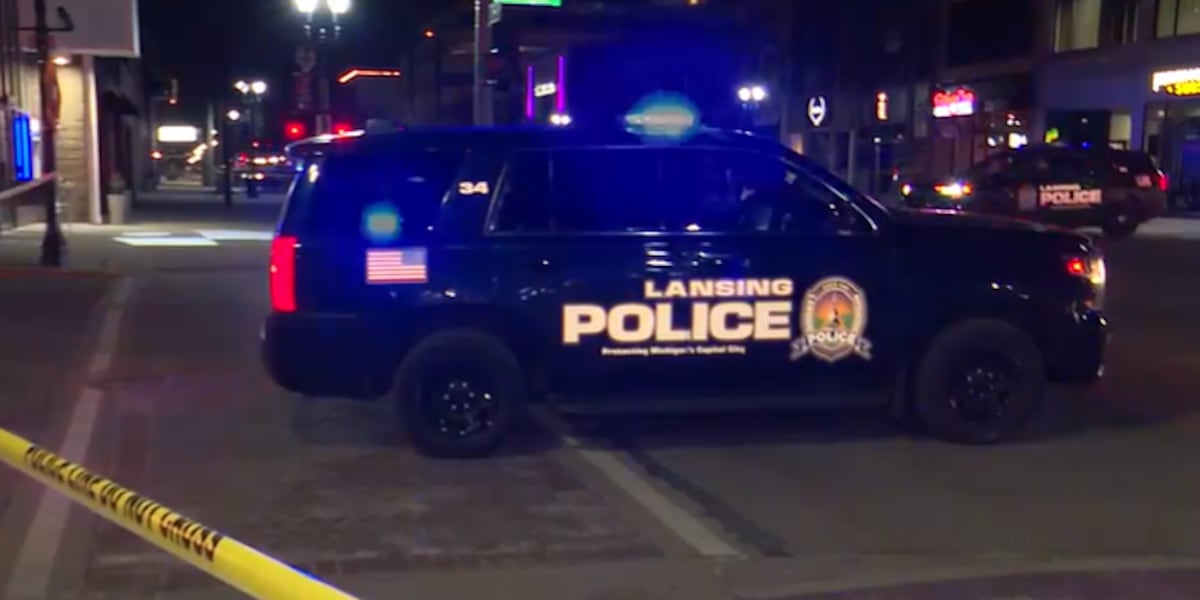
Resilience in the Face of Violence: Local Entrepreneur Spreads Hope After Downtown Shooting
2025-03-14 23:22:21
Business

Digital Synergy: How Smart Tech Is Revolutionizing Business Partnerships
2025-04-21 11:00:00
Business
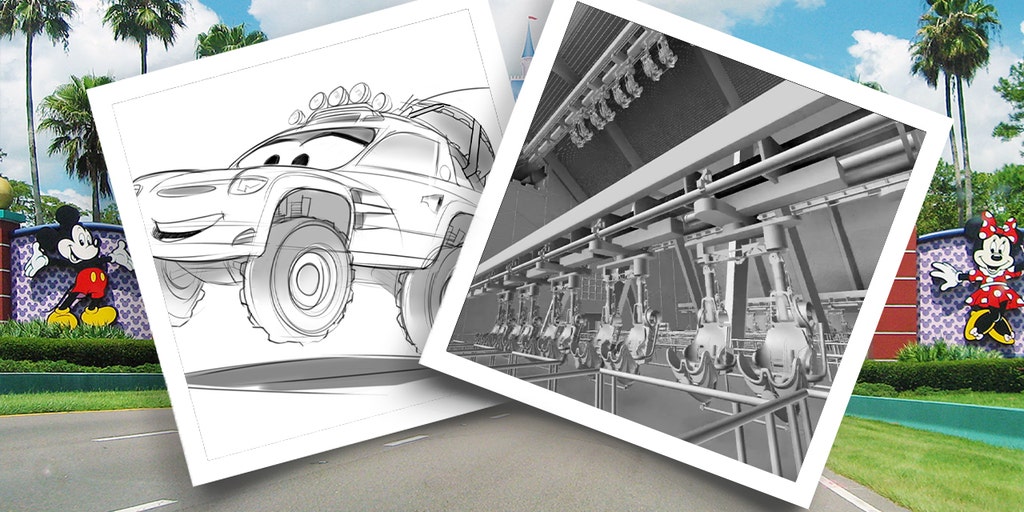
Magic Incoming: Disney Unleashes Thrilling New Ride Experiences Fans Can't Miss
2025-03-09 12:15:24
